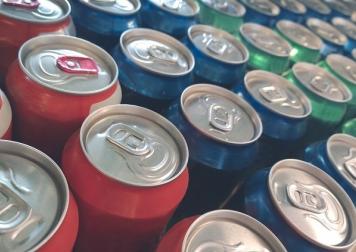Osmotic Diuresis and Diabetes: Why It Happens?
Osmotic diuresis occurs when substances in the blood accumulate in the tubules of the kidney, reducing the reabsorption of water in the kidneys, thereby increasing urine output. Osmosis refers to the movement of fluids through porous membranes. The fluid, often water, tends to move from a more dilute concentration on one side of the membrane to a less dilute concentration on the other side, effectively equalizing concentrations on both sides of the membrane. Diuresis is an increase in the discharge of urine.
Why it Happens
The primary cause of osmotic diuresis is an elevated blood glucose (hyperglycemia) which is sometimes the result of poorly controlled diabetes. When there is excess glucose in the blood, and it passes through the kidneys for filtering, the excess glucose accumulates in the tubules within the kidneys.
Once there, it blocks the reabsorption of water, leading to an increased concentration of water in the bloodstream. The kidneys then act to remove the excess water, causing increased urine production and increased frequency in urination. Patients who suffer from diuresis stand to lose significant amounts of fluid as well as essential mineral salts. Symptoms of dehydration may be present. Another cause of osmotic diuresis is taking certain medications (e.g. Mannitol.)
How Osmotic Diuresis is Diagnosed
There are no specific tests for osmotic diuresis, other than a urinalysis to look for changes in the urine. Diagnosis of osmotic diuresis is done by a physician taking into consideration all symptoms. If the patient is diabetic and producing larger than normal amounts of urine, then osmotic diuresis would be considered.
Symptoms of Osmotic Diuresis
The primary symptoms of osmotic diuresis are an increase in the quantity of urine and the frequency of passing urine. Some patients also experience some pain or discomfort in the genital region, as a result of increased urination. Other symptoms include an increased level of thirst; fatigue (the result of the loss of essential minerals and salts from the body); and disturbed sleep, as the urge to urinate can cause the patient to wake several times during the night.
Treatment of Osmotic Diuresis
Treatment of osmotic diuresis concurrent with diabetes involves bringing blood glucose back to normal levels. If the cause is taking certain medications, then these drugs should be discontinued.
Sources: Wisegeek, HxBenefit
Photo: Pexels



































